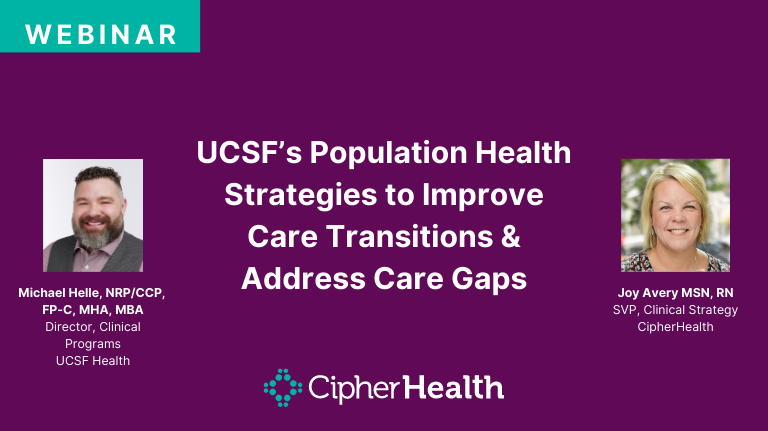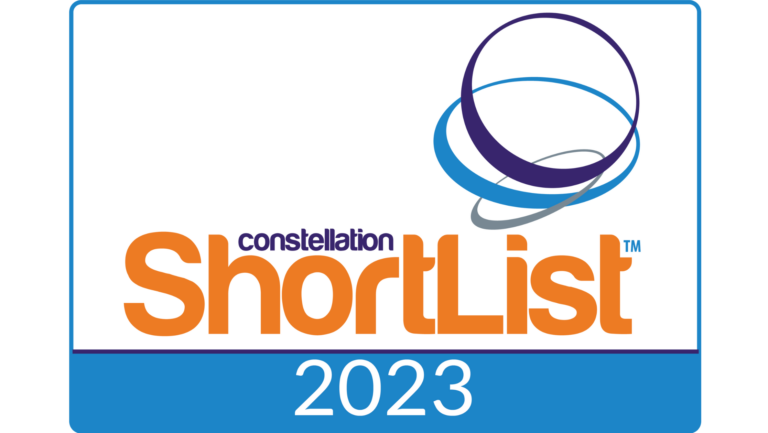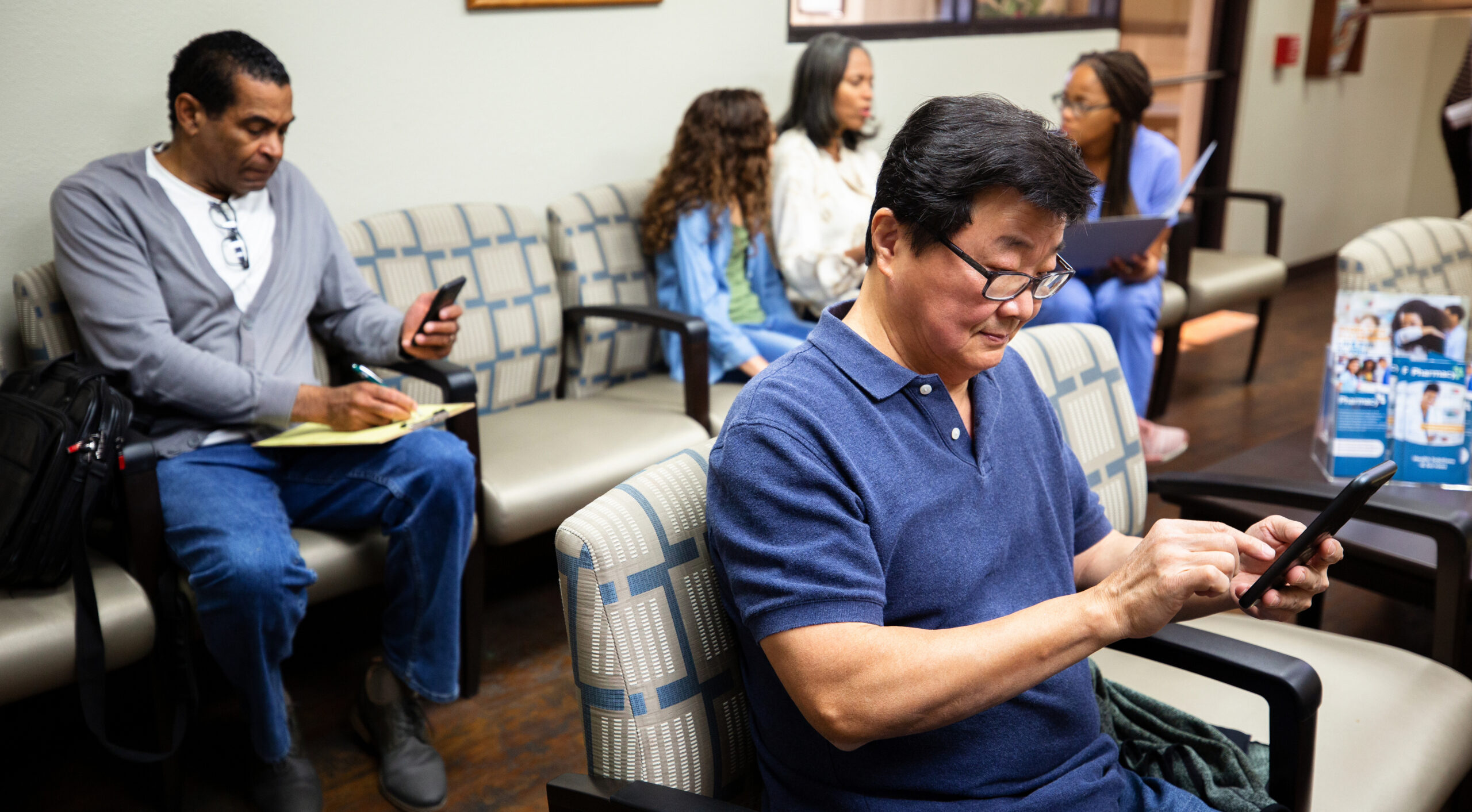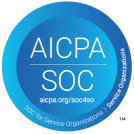Population health is a rising topic within the healthcare community. The purpose of population health is grounded in the idea that healthcare providers should work together to keep patients healthy and avoid hospitalizations. Across the country, communities are focusing on programs that address root causes of health issues, many of which are long-term and high cost.
The challenge for many of these programs is that they are often costly, resource consuming, and difficult to track. An automated patient outreach solution can help address these challenges. Outlined below are three reasons why automated outreach is the perfect solution to Population Health programs.
- Provide a Personalized Experience
- Cost-Effectively Deploy Programs
- Track Results and Make Improvements in Real Time
Provide a Personalized Experience
Although personalized experiences with automated outreach might sound counterintuitive, it’s the right technology for population health programs. Outreach can be tailored to a multitude of patient preferences, demographics, and more. Solutions like CipherHealth’s proactive outreach offer features such as personalized recording, multiple languages, tailored enrollment based on demographic information, various outreach options (call, text, email), and more to deploy a population health program to the right patients in the most effective way.
For example, with a preventative health population outreach program, it will be important to target patients based on demographics in order to reach the right people. If a community is looking to deploy a breast health or a colorectal screening program, the enrollment criteria will be vastly different. From there, if the community has patients with multiple primary languages, it will be important to create a program that meets to those needs.
With these types of features, the automated outreach can generate higher engagement rates than manual outreach by reaching out to more patients, the right patients, and with the right information.
Cost-Effectively Deploy Programs
Population health programs are not an easy task to undertake. They typically require collaboration with various organizations and stakeholders to be successful. Often it takes time, money, and resources to start and operate a population health management program; however, with the right technology, resources can be used effectively and efficiently.
Similar to other outreach programs like post-discharge follow-up, appointment reminders, etc., using automated technology, is the most cost-effective solution. For an organization looking to deploy a population health program that includes outreach to various patient cohorts, an automated option can significantly reduce costs and the resources need to keep the program up and running.
Track Results and Make Improvements in Real Time
What makes population health outreach so powerful is the real-time data collection and analytics. Understanding how many patients are engaging with the program and tracking the clinical outcomes either through self-reporting or EMR integration helps make the most of any pop health program.
Data collection and reporting happens seamlessly when using automated outreach technology. Reports can then be generated to pinpoint opportunity areas for both short and long-term improvement. Through this in-depth analysis, it is easy to show the value of the population health initiatives and replicate success across communities. As your organization explores the best population health management solution, consider using automated outreach to get the most of the program. For more information on Population Outreach and how it can help your community and patients, contact us today.







